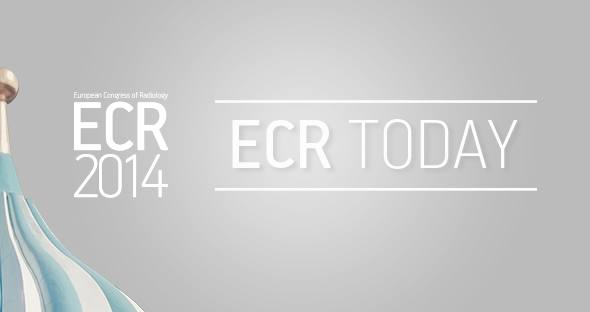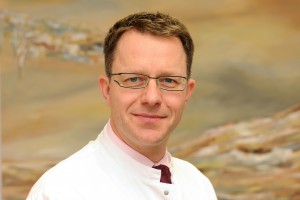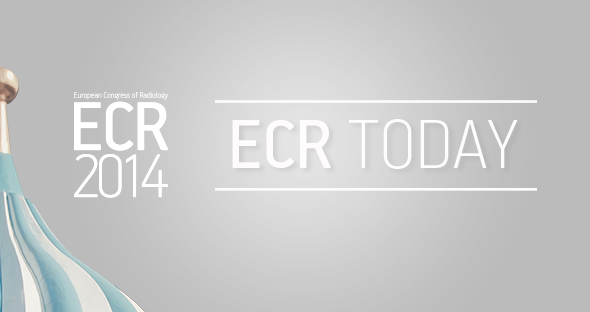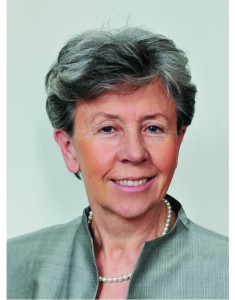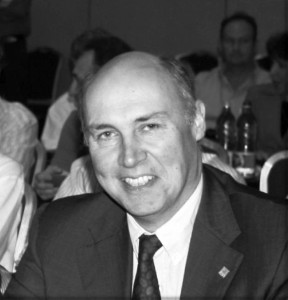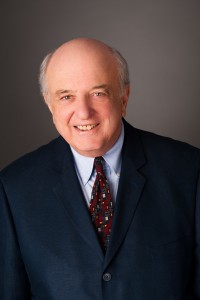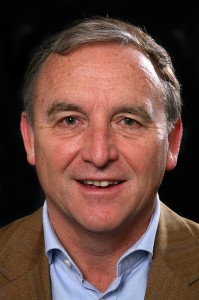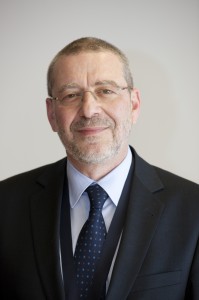ECR on Demand Preview: Thoracic emergencies #E³ 1520 #A-485
E³ 1520 – Thoracic emergencies, A-458 B – Pulmonary
A short preview of lecture A-458 ‘B. Pulmonary’, from the session E³ 1520 ‘Thoracic emergencies’ at ECR 2014, given by C.M. Schaefer-Prokop from Amersfoort, Netherlands. Watch the whole lecture and many more at http://ipp.myESR.org Direct link: http://bit.ly/Thoracic_emergencies
Sunday, March 9, 16:00 – 17:30 / Room A
Abstract: Acute respiratory failure can have multiple underlying causes including infection, fluid overload, immunological diseases or exacerbation of preexisting lung disease. Since the clinical symptoms are nonspecific, imaging plays an important role. The first imaging method is mostly the chest radiograph, easy to access and to obtain, but non-diagnostic in many cases. (HR)CT offers more possibilities to define the differential diagnosis. The option of this interactive workshop will be to get familiar with the spectrum of diseases that can cause acute respiratory failure and learn about key findings in radiography as well as CT to reduce the differential diagnosis. The interaction between preexisting lung disease, clinical information (e.g. chemotherapy, rheumatoid arthritis, COPD) and imaging findings will be discussed using clinical case studies. Options and also limitations of imaging findings will be illustrated. The following scenarios will be taken into account: acute cardiac failure and various appearances of oedema; acute immunological-toxic disorders including drug-induced lung disease and inhalational injuries; exacerbations of preexisting lung disease including fibrotic and obstructive lung disorders; severe infections causing respiratory failure and their complications.




